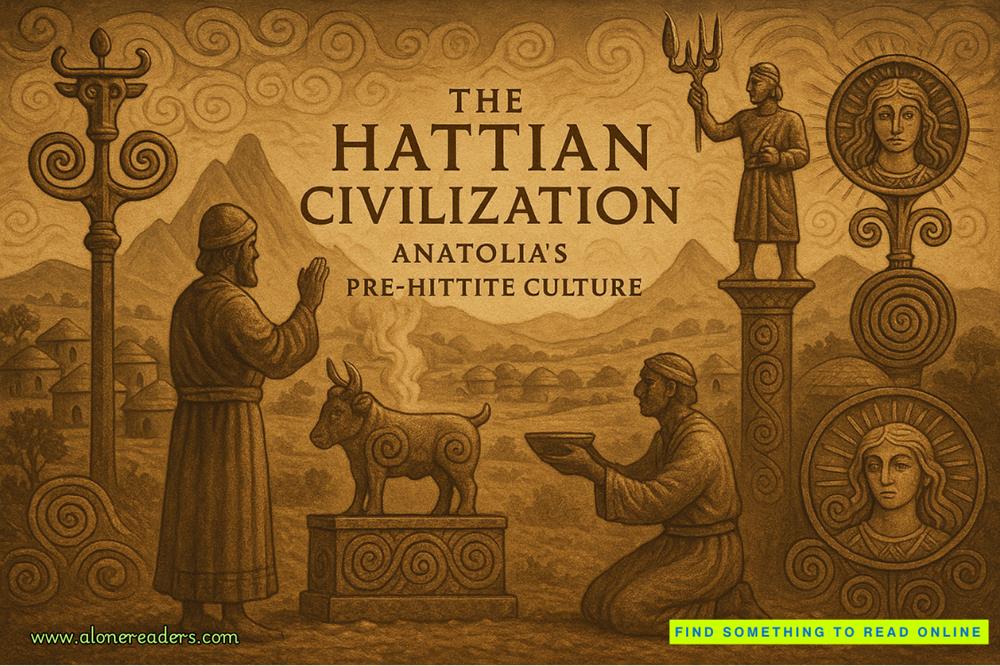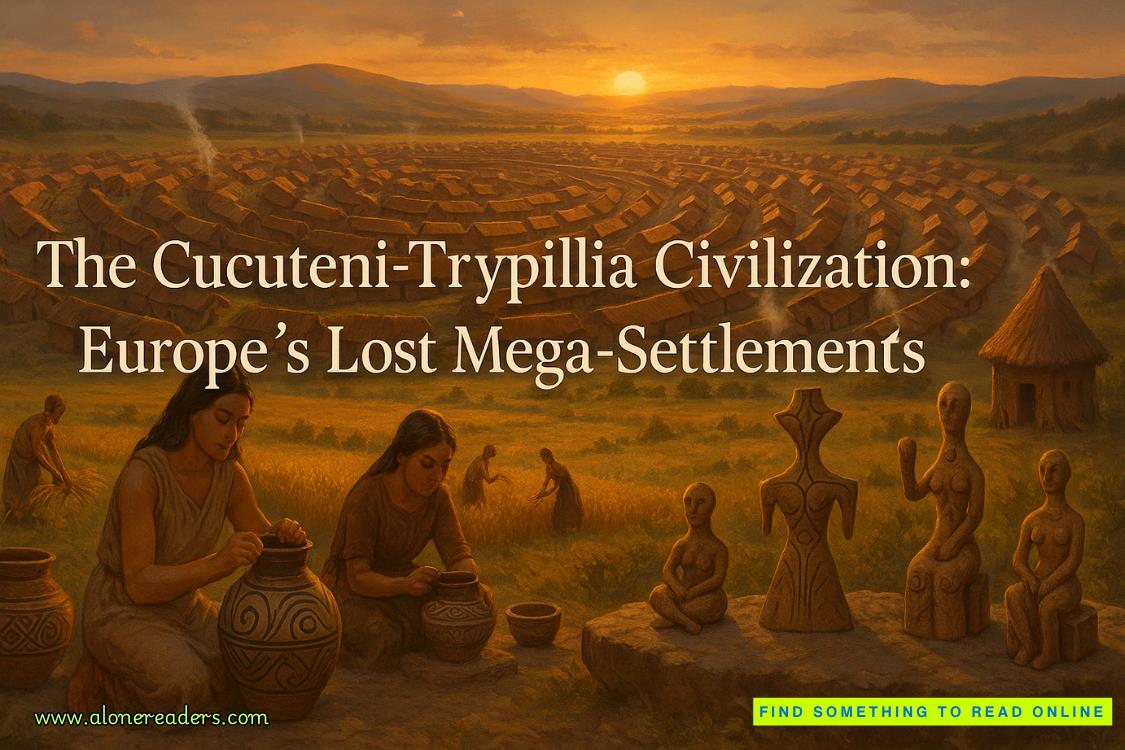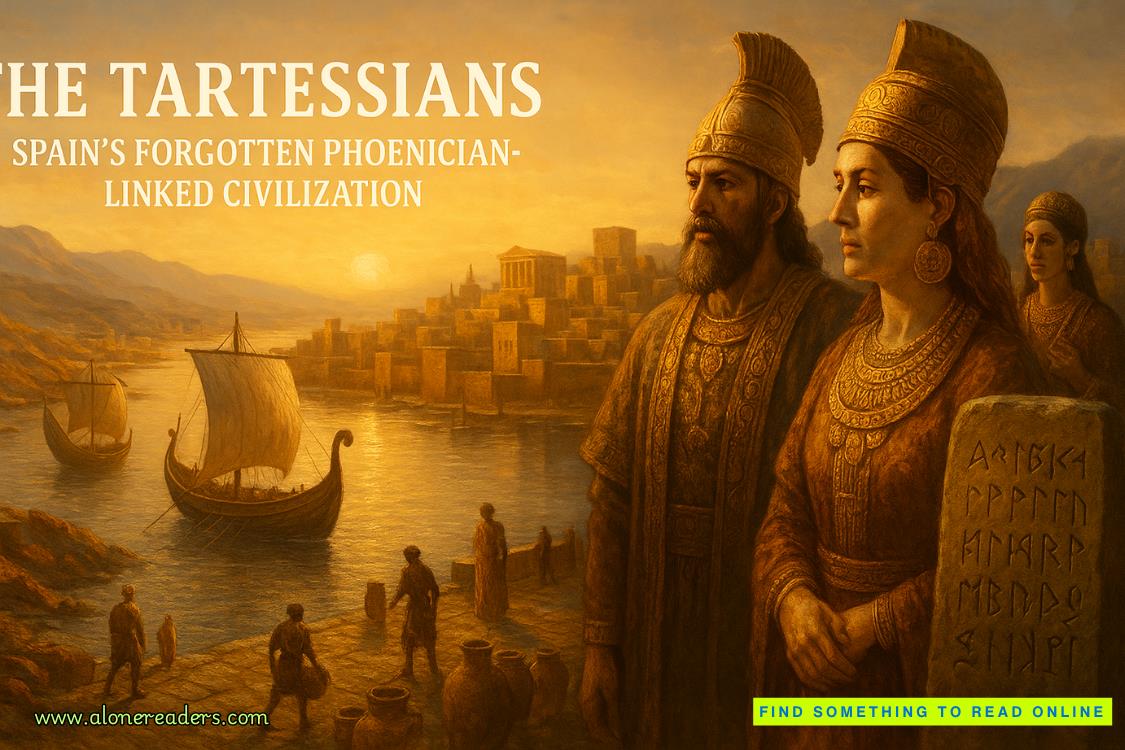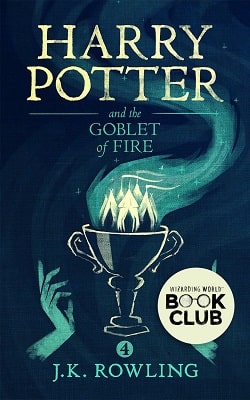Lobo One-Three got off one call before he plowed into the bamboo. He was in a dive on a gun run and pulled out too late, only being able to get the nose of the aircraft up but not enough to stop his downward motion. He crashed into ten-foot-high bamboo and put the aircraft over on its side. He was on top of an NVA bunker complex.
Quickly, Mr. Driscoll took the controls from me and told me to plot our location and get out an additional mayday call, which I did, alerting everyone where we were. While I did that, Mr. Driscoll made an approach into a small clearing he’d spotted close to the downed aircraft and landed. It was just big enough for us to fit into. The first thing I noticed was the NVA bunker opening not ten feet from my door. I drew my .38 and pointed it at that opening, expecting someone to open fire at any moment. The downed crew was struggling to get the miniguns off the front of the Cobra when they began taking small-arms fire.
Specialist Grossman opened with the M60 machine gun, shooting at nothing specific but in the direction of the enemy fire, as did Specialist Leonard, our door gunner. I cocked my .38 and waited. As soon as the downed pilots got the miniguns off the downed Cobra, they ran to our aircraft and Mr. Driscoll pulled power to get us out of there as both gunners were firing and I emptied my .38 at the bamboo. Worthless weapon. The downed pilots thanked us profusely for saving their butts. As they occupied the other side of the Chicken Pen, their CO came over that night and bought drinks for us at his club since we no longer had one. He invited Major Anthony, who declined to drink with us but made sure we didn’t fly the next day.
A few months later, I came in from my flight and lying on my bed were orders for an Air Medal with “V.” The downed crew had put our crew in for the award. There was nothing our CO could do about it, but instead of presenting the awards to us in front of the entire company, he simply put them on our beds, or at least had the orderly room clerk do it. He did that as well for the crew chief and door gunner’s awards. The man held grudges. His last words to anyone when h
e departed the unit after his six months were something to the effect of he wouldn’t have us around to ruin his career. I think he may have done that on his own.
Lou left us in late April to go back to the States. He was headed to Fort Rucker to be an instructor. He had been in the unit for a year, and it was time. We also were losing several other pilots whose time was up. Replacements were coming in, and there were enough of them that I was no longer considered a newbie. Included in the replacements were both warrant officers and RLOs. These RLOs, however, were different. They were all new pilots and hadn’t served previous tours in Vietnam. They struck me as leaders.
Our new XO was a special breath of fresh air, exercising common sense that had been absent before. A new assistant maintenance officer arrived as well, and I was glad to see him. He was a staff sergeant when he joined us that first day at flight school. Dee could always be counted on and would prove to be a wonderful assistant maintenance officer.
Chapter 16
Division
The division had moved into the area north of Saigon in the fall of 1968 and operated throughout 1969 and 1970 in the Three Corps region and along the Cambodian border. As a result, numerous rice cache sites were seized, weapons cache sites were destroyed, and a major base camp outside of An Loc and northwest of Quan Loi was captured. With these successes came a decrease in the enemy’s ability to attack Bien Hoa or Long Binh. In addition, the division moved Second Battalion, Seventh Cavalry and First Battalion, Twelfth Cavalry with the Third Brigade to conduct interdiction operations along enemy infiltration routes north of Bien Hoa. Firebase6 Cindy and Firebase Liz were put into position to accomplish those missions. From the start, both units were in contact with enemy forces. By April 19, the mission was complete and the Third Brigade returned to the Cambodia border region.
Throughout the spring and summer of 1969, enemy forces attacked firebases along the border. Their tactics were always the same. Waiting until after midnight, the enemy would commence their attack with a mortar and rocket barrage in concert with sappers attempting to penetrate the wire, followed by infantry waves attempting to penetrate the perimeter. LZ Grant was a favorite target of these attacks. Several times between February and May, LZ Grant experienced major attacks. The first, in February, saw the battalion commander, Lieutenant Colonel Gorvad, killed when a round hit the TOC. He was seriously wounded but refused to leave the battle.7 The enemy managed to penetrate the perimeter wire, and fighting was fierce, to include the artillery lowering the tubes and firing point-blank into the charging enemy with antipersonnel shot. Blue Max gunships were called in and engaged the follow-on enemy as well as pursuing those attempting to retreat.
In May, LZ Grant was under attack again. Simultaneously, Quan Loi, LZ Jamie, and LZ Phyllis also came under ground assaults that night. The enemy wanted the First Cavalry Division out of the Three Corps region, which was not going to happen. Again the enemy attempted to move against Bien Hoa and Long Binh with the Fifth VC Division moving from War Zone D towards this target. The Third Brigade was once again moved to the area to block this move and required helicopter support to put soldiers in the field.
While Third Brigade bounced between Quan Loi and Bien Hoa-Long Binh, Second Brigade remained in the north along the border. In addition, with the First Infantry Division leaving Lai Khe, Second Brigade was given responsibility for the security of that installation. The solution was to create the “Rat Patrol.” This unit was devoted to the security of Lai Khe and operated out of gun jeeps that patrolled the perimeter of the base, augmented by units that were permanently stationed at Lai Khe.
The First Brigade was focused on the southern end of War Zone C and the Ninety-Fifth VC Regiment. In a major engagement supported by B-52s, the First Brigade cornered the Ninety-Fifth along the Saigon River and the area known as the Crescent. An infantry company was inserted after the first bomb strike, only to meet stiff resistance. Four more bomb strikes were made, and then six infantry companies were air-assaulted by helicopters into the area. Tanks from the Eleventh Armored Cavalry Regiment supported the air assault with a ground attack, driving the enemy deeper into War Zone C and across the Saigon River.
In June, LZ Joy and LZ Ike were both attacked in the usual manner with the usual results, which were many enemy dead. In all of these actions, lift helicopters were actively involved, flying resupply missions, troop displacements, Night Hunter Killer missions, command-and-control missions and medevac missions when called upon as well as psyops missions to encourage the enemy to surrender. Some did. In the area of Phuoc Long Province, a total of 546 Vietnamese deserted the enemy by the end of November. The division would continue to establish firebases where intelligence said the enemy was moving or establishing base camps. The division was constantly on the move, as was the enemy.
In order to avoid the division, the enemy continued to move eastward along the Cambodian border. The division did likewise, moving eastward to Song Be. Here the division discovered a trail network different from what had been found before. Bamboo had been cut and laid to create a roadbed along the boundary between Two Corps and Three Corps. This would provide good roadbeds during the monsoon season instead of mud trails. This trail network was approximately four feet wide and had bunkers established every one hundred meters or so. First Battalion, Ninth Cavalry found the network and immediately went to work destroying it with air strikes and cavalry helicopters, while Night Hunter Killers patrolled the area to restrict movement. This trail complex was named the Jolley Trail after the commander of the cavalry troop who had found it.
Chapter 17
Walking on the Moon
It was July, and I was back on Night Hunter missions. We were working in the Quan Loi area, the only road being Thunder Road. There was a small Special Forces outpost in the area along with a firebase, but aside from those two, there was nothing. No roads, no rivers, just the black hole of the jungle that night. After a couple of hours, we returned to Quan Loi to refuel and reconsider what we wanted to do.
“Chicken-man One-Niner, Cherokee Six, over.” It was the actual brigade commander on the radio and not his radio operator or the S-3, and he did not sound happy.
“Cherokee Six, Chicken-man One-Niner, over.”
“Chicken-man One-Niner, what the hell are you doing up around Loc Ninh lighting up our elements with your searchlight? Get the hell out of there!” My copilot looked at me like What’s he talking about!
The Lobo aircraft commander, who was standing on my skid and heard the conversation, verbalized my copilot’s thoughts.
“Ah, Cherokee Six, Chicken-man, we have not been north of Quan Loi tonight, over.”
“Chicken-man One-Niner, where are you right now?”
“Cherokee Six, we are in the refuel point here at Quan Loi. Over.”
“Chicken-man One-Niner, wait one.” Cherokee Six was still not happy and a bit anxious.
A few minutes later, “Chicken-man, are you still in the refuel point?”
“Roger, Cherokee Six.”
“Chicken-man, here’s the situation. There’s an aircraft flying over our positions north of Loc Ninh and covering each with a landing light or a searchlight. We have no idea who it is. Get up there and see if you can see them and get back to me. Understood?”















